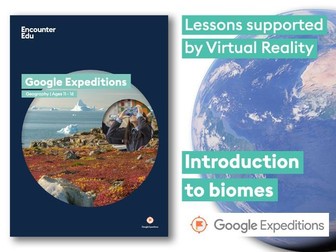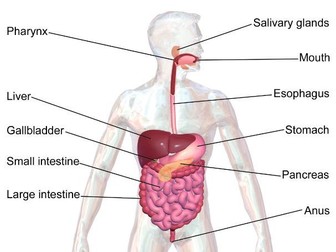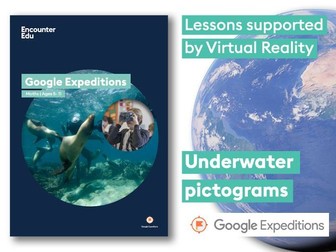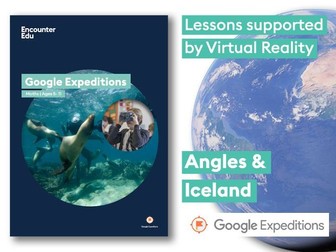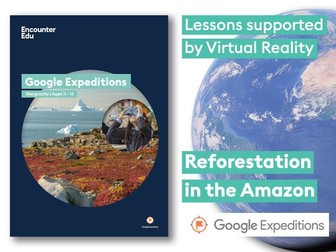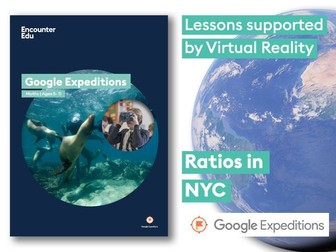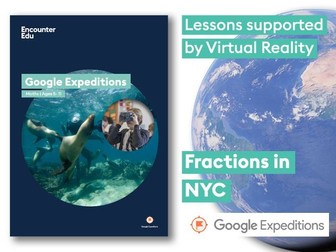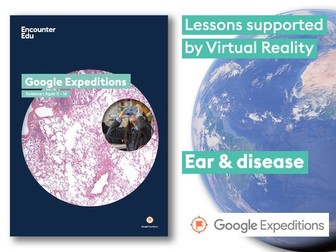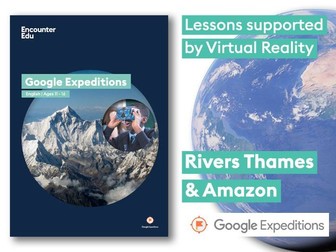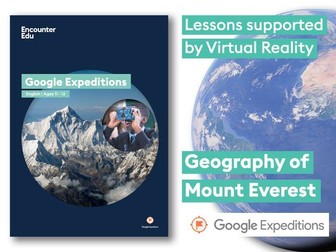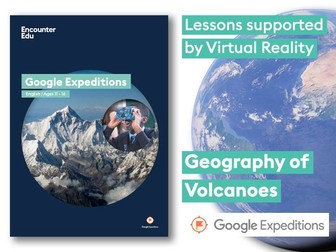Biomes & Ecosystems #GoogleExpeditions
This #GoogleExpeditions lesson develops student skills understanding of biomes and ecosystems.
This introductory lesson introduces students to the main biomes around the planet, their features and locations. Further in-depth lessons on the different biomes are listed below.
Google Expeditions are immersive 360 degree photo stories designed for use in the classroom. For more see: https://www.google.com/edu/expeditions/.
This is Google Expeditions Lesson is number 1 of a 4 lesson sequence. It can be used as a standalone lesson or in conjunction with others listed below (links go to Google Docs versions of the lessons).
Lesson 1: Google Expeditions: Biomes & Ecosystems https://goo.gl/0eMtoz
Lesson 2: Google Expeditions: Biomes & Ecosystems: Tundra and Taiga https://goo.gl/L6cpjH
Lesson 3: Google Expeditions: Biomes & Ecosystems: Tropical Rainforest and Temperate Forests https://goo.gl/wGM97d
Lesson 4: Google Expeditions: Biomes & Ecosystems: Savannah and Desert https://goo.gl/sBrZzi
